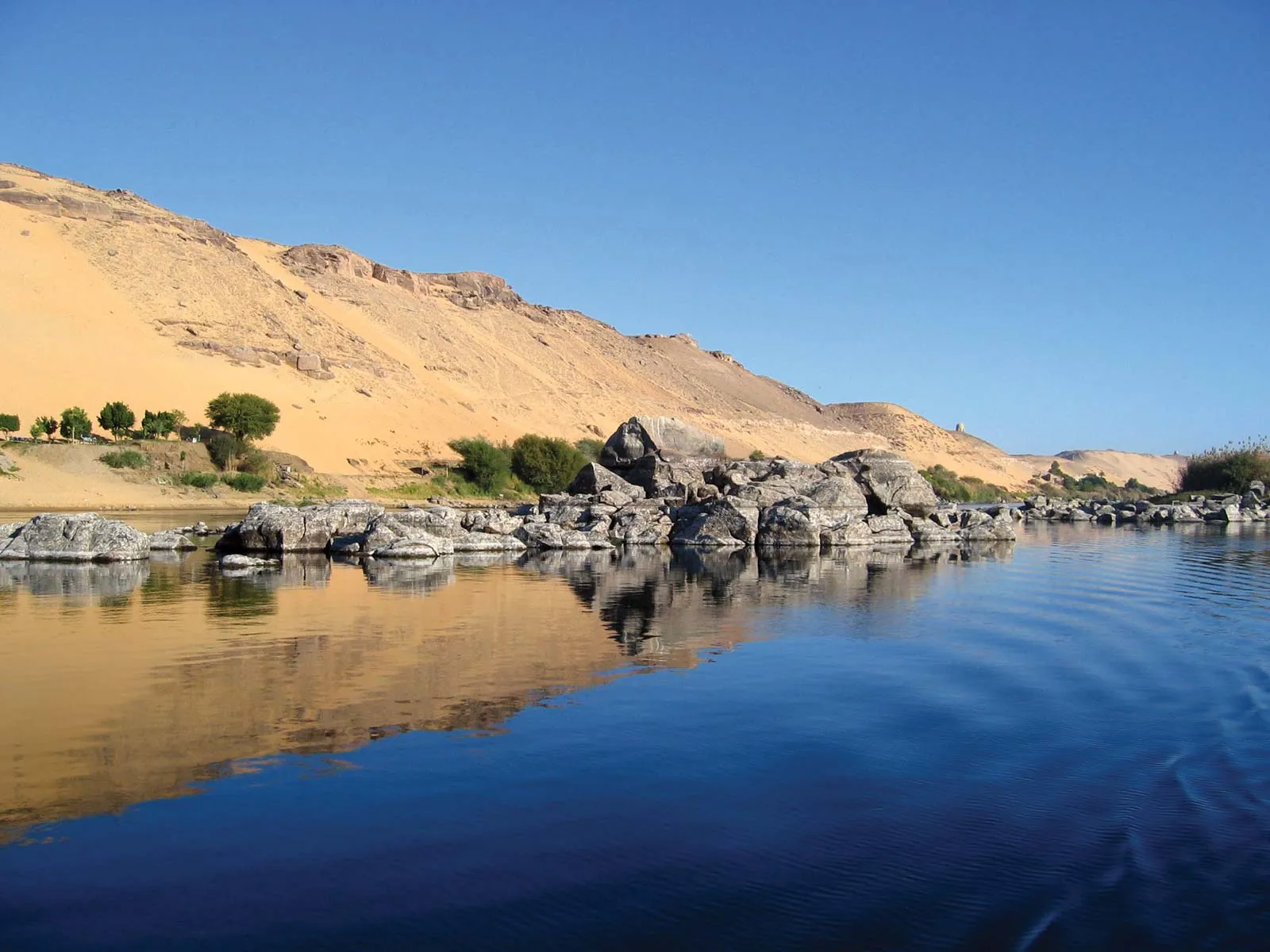The Nile River is one of the longest and most iconic rivers in the world, spanning over 6,600 kilometers across 11 countries in northeastern Africa. However, it is in Egypt where the Nile has had the most intense impact, shaping the country’s history, culture and economy for thousands of years.

The Nile is referred as the “lifeblood” of Egypt. The river has been the main source of water and irrigation for the country since ancient times, allowing the Egyptians to cultivate crops and establish a thriving civilization in the midst of the desert.
The Nile’s annual flood cycle was a crucial factor in the success of ancient Egyptian agriculture. Every year, the river would flood its banks, depositing a rich layer of silt that made the surrounding land extremely fertile. The Egyptians would then plant their crops in the nutrient-rich soil, creating a bountiful harvest that could sustain their population for the rest of the year.
The Nile also played a significant role in the development of ancient Egyptian religion and culture. The river was considered to be a sacred source of life, and many of the country’s most important religious rituals and ceremonies were centered around it. The Nile was also a crucial transportation route, allowing the Egyptians to trade with other civilizations along its banks and beyond.
Today, the Nile continues to be a vital resource for Egypt’s economy and people.
The river provides water for:-
- over 90% of the country’s population
- irrigation for agriculture
- electricity through hydroelectric power plants.
Egypt’s economy is heavily dependent on the Nile, with many industries such as tourism, fishing, and transportation relying on its waters.
However, the Nile is facing a number of challenges in the modern era.
There are three factors which are putting pressure on the river and its resources :-
- Climate Change
- Population Growth
- Pollution
As the population of Egypt continues to grow, it leads to two causes :-
The demand for water is continuously increasing in Egypt
Leading to concerns about the sustainability of the Nile’s water supply.
Despite these challenges, the Nile remains a symbol of life, prosperity, and resilience for the people of Egypt. The river has survived for thousands of years, sustaining one of the world’s oldest and most fascinating civilizations. As long as the Nile continues to flow, there is hope for the future of Egypt and the people of this country.
Conclusion :-
In conclusion, the Nile River is an essential part of Egypt’s past, present, and future. From its role in ancient Egyptian agriculture and culture to its importance in modern-day industry and infrastructure, the Nile remains the lifeblood of Egypt. As we face new challenges and uncertainties, it is important to remember the enduring power and significance of this iconic river.
Other Importanat Posts :-
The Himalayas: A Majestic Mountain Range



